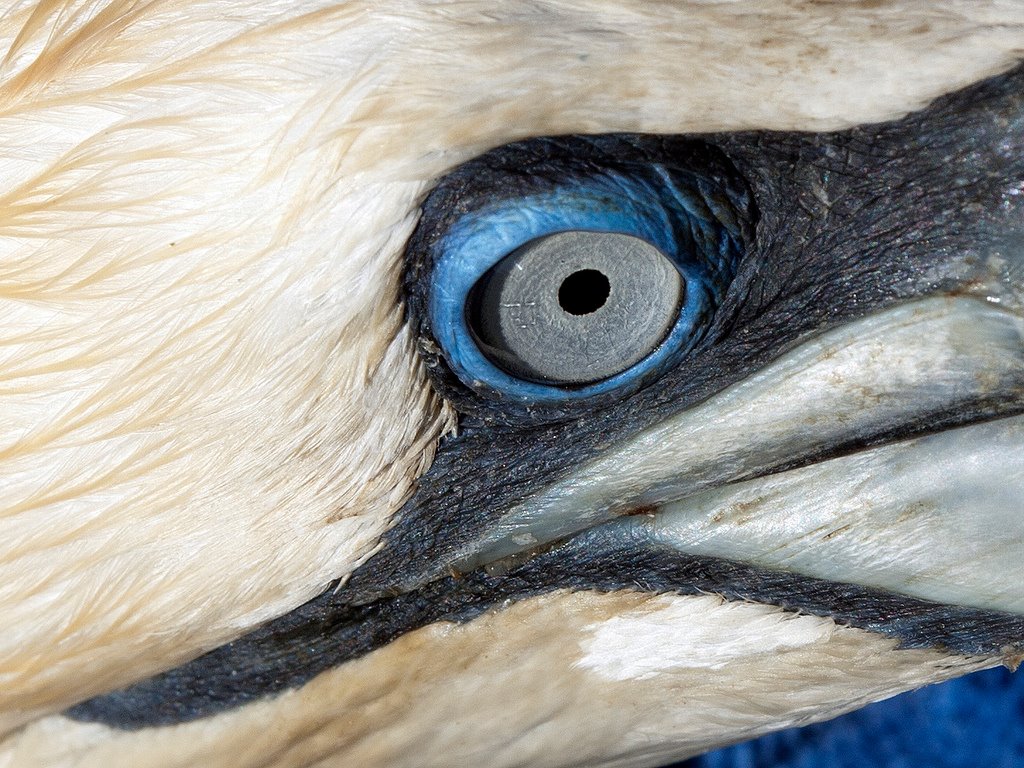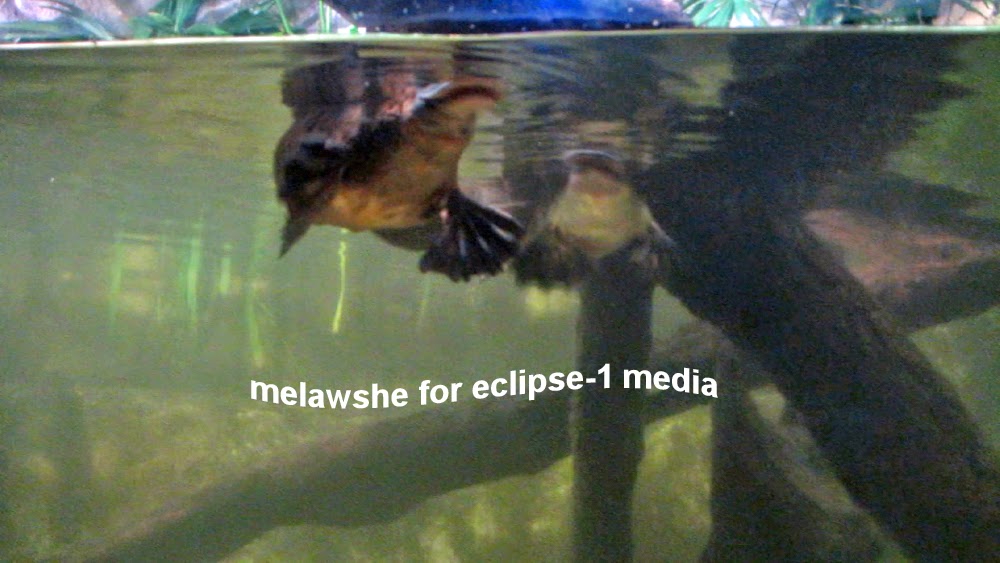

Even the foot of a common animal, like a duck, is fascinating when viewed up close.īest Foot Forward is not as strong of a read-aloud as What Do You Do with a Tail Like This? While the stunning photographs will engage the same age group and are large enough to be seen in a group setting, the text is not as suited for a read-aloud. What makes this book exceptional, is the incredible close-up photographs of the different animal feet. For “feet that swim,” the text box tells us that “animals that swim need feet that help propel them in water.” Each section doesn’t just focus on one animal up to four animals and their feet may be discussed. There is also a text box that talks about the category of feet and where this type of foot is particularly useful. In addition to a full-page view of the featured animal, there is brief information about what makes the paw unique and suited to that animal.

The categories include: feet that walk, feet that climb, feet that swim, feet that dig, feet that jump, and extraordinary feet. Once you turn the page for the answer, you find out what animal’s paw we are examining, as well as a general category that fits the paw. This enables the reader and listener to really examine the foot and see the features that make it unique. Similar to other question and answer books that I have looked at, this book features an opening two-page spread that repeats the question, “Whose foot is this?” An extreme close-up of the foot accompanies the question. This book’s guessing game format makes learning about natural adaptation fun.Įvaluation: Overall, Best Foot Forward is an amazing picture book that centers around animal feet and the adaptations that make them well-suited to perform different tasks. A gecko’s ribbed feet enable it to climb walls as smooth as glass. A tiger silently stalks its prey on velvet paws. Some feet are made for climbing, others for digging, or swimming, leaping, or grasping. You’ll discover that feet aren’t only for walking. Turn the page to find out if you’re right. Summary from jacket flap: “Whose foot is this? An intriguing close-up of an animal's foot invites you to guess. Subject: Informational nonfiction animal adaptations question and answer format Without background knowledge or at least visual images in mind about this insect, readers could not make a connection between the insect and the foot and its function.ĭescription: 28 unnumbered pages : color illustrations 23 cm For instance, the foot image of a long-horned beetle was not along with the picture of the long-horned beetle. With the image of the animal, however, four more photographs were embedded in each page that also contain other animals’ or insects’ foot without pictures of the animals. That is, the organization of the book is to introduce an image of the foot and the animal on the next page. What I wish to add to this book was to add photographs of the animals that additional foot images belonged to. The author provides new perspectives on feet and the function by using authentic visual mediums.

The photograph captures the soles of animal's feet against a black background, distinguishing the detailed features of the feet. By adopting the format of a guessing game, the author asks “Whose foot is this?” By flipping the page, readers could see what animal the foot belonged to. In this book, authentic photographs tell the function of multiple animals’ and insects’ foot.


 0 kommentar(er)
0 kommentar(er)
